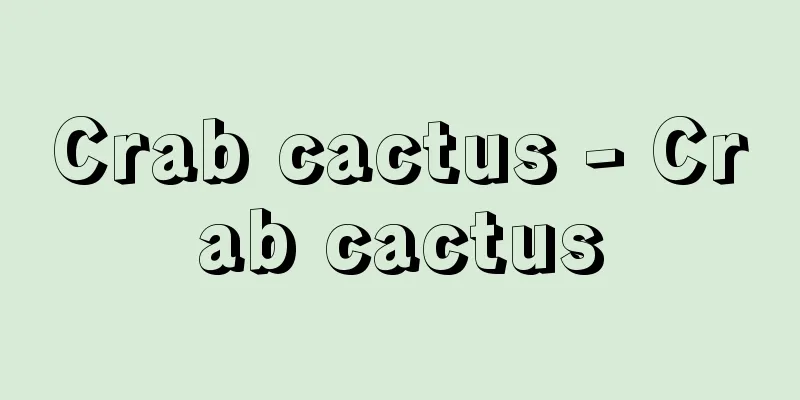Connecting pipe

|
A tool that connects the bottoms of two or more containers with a tube, allowing the liquid inside to move freely between the containers. A U-shaped tube is a typical example. When one type of liquid is poured into a connecting tube, the height of the liquid level in each container will be the same, regardless of the thickness or shape of the tube. This can be understood from Pascal's principle, which states that only pressure acts on a stationary fluid, and that pressure is constant in all directions. For example, as shown in , water is poured into two containers A and B connected by tube A'. If the area of the tube in container A is s A , the force acting on the bottom, excluding atmospheric pressure, is F A = ρg h A s A (ρ is the density of water), and the pressure is p A = F A / s A = ρg h A. On the other hand, in container B, only the weight of the water in the shaded area acts on the bottom. The weight of the rest of the part is supported by the side walls of the container. Therefore, if the area of the base is s B , the applied force F B = ρg h B. s B is greater than A, but the pressure is p B = F B / s B = ρg h B. When two containers are connected and water is poured into them, the pressure on the left and right sides of surface A' is the same, so p A must be p B. From this, h A = h B , which means that when there is only one type of liquid, the height will be the same regardless of the thickness or shape of the tube. When liquid is poured into the connecting tubes in this way, the height of the liquid is adjusted so that the pressure at the bottom of each tube is equal. The pressure at the bottom is the sum of the pressure on the top surface of the liquid, p 0 , and the pressure from the weight of the liquid, ρg h . Pitot tubes and Venturi tubes make use of the different differences in pressure acting on the top surface of the liquid. If two liquids with different densities are poured into each tube and the pressure on the top is made the same, the ratio of the heights of the two liquid levels will be h A / h B = ρ B /ρ A , depending on the density ratio. If 4°C water is placed in one tube, the specific gravity of the liquid can be determined from the height ratio. [Ryo Ikeuchi] [References] | |©Shogakukan "> Principle of connecting pipes (Diagram) Source: Shogakukan Encyclopedia Nipponica About Encyclopedia Nipponica Information | Legend |
|
二つ以上の容器の底を管でつなぎ、中に入れた液体が自由に各容器へ動けるようにした道具のこと。U字管はその典型的な例である。連通管に1種類の液体を入れると、各容器の液面の高さは、容器の管の太さや形にかかわりなくすべて同じになる。これは、静止した流体には圧力しか働かず、その圧力はどの方向にも一定である、というパスカルの原理から理解できる。たとえば、にあるように管A'でつながった二つの容器A、Bに水を入れる。Aの容器の管の面積をsAとすると底面にかかる力は、大気圧を除くとFA=ρghAsA(ρは水の密度)であり、圧力はpA=FA/sA=ρghAである。一方Bの容器では、斜線部分の水の重量しか底面にかからない。それ以外の部分の重量は容器の側壁が支えている。したがって、底面の面積をsBとすると、かかる力FB=ρghBsBはAより大きいが、圧力はpB=FB/sB=ρghBである。二つの容器を結んでそこに水を入れたとき、A'面での左右の圧力は同じであるからpA=pBでなければならない。このことからhA=hBで、つまり、管の太さや形に関係なく、1種類の液体のときは同じ高さになる。 このように連通管に液体を入れると、各管の底面の圧力が等しくなるよう液体の高さが互いに調節される。底面の圧力は、液の上面の圧力p0と液の重量からの圧力ρghの和である。ピトー管やベンチュリー管は、液の上面にかかる圧力の差が異なることを利用している。密度の異なる2種類の液体をおのおのの管に入れ、上面の圧力を同じにすると、二つの液面の高さの比は、密度の比によってhA/hB=ρB/ρAとなる。4℃の水を一方にとれば、液体の比重が高さの比から決められる。 [池内 了] [参照項目] | |©Shogakukan"> 連通管の原理〔図〕 出典 小学館 日本大百科全書(ニッポニカ)日本大百科全書(ニッポニカ)について 情報 | 凡例 |
Recommend
Poelzig (English spelling) Hans Poelzig
German architect. Born and died in Berlin. Studie...
Exuviaella
…Only asexual reproduction by binary fission is k...
Western magazines
It was Japan's first monthly magazine, founde...
Kantowaraburufu - Kantowaraburufu
…Canterbury Cathedral is located here, and it is ...
Cervidae
…the name of a mammalian species in the Cervidae ...
John Emerich Edward Dalberg-Acton, 1st Baron Acton of Aldenham
British historian. Born January 10th in Naples, I...
Arena (English spelling)
The ancient Roman arena was named after its sandy ...
Apostasy - Greek word apostasia
Abandoning one's previous faith, either volun...
Global Bearer Certificate (English)
…The first Japanese company to issue ADRs was Son...
Niitsuru [Village] - Niitsuru
A village in Onuma County, western Fukushima Prefe...
Taniguchi Village
This is a settlement with a strong town character...
Tai Kato
Film director. Born in Kobe City. Film director S...
Diphilos
…At the same time as the Hellenistic civilization...
Oku-Yabakei
...Representative scenic spots include the Hitome...
dumki
...It refers to folk songs or instrumental music ...









